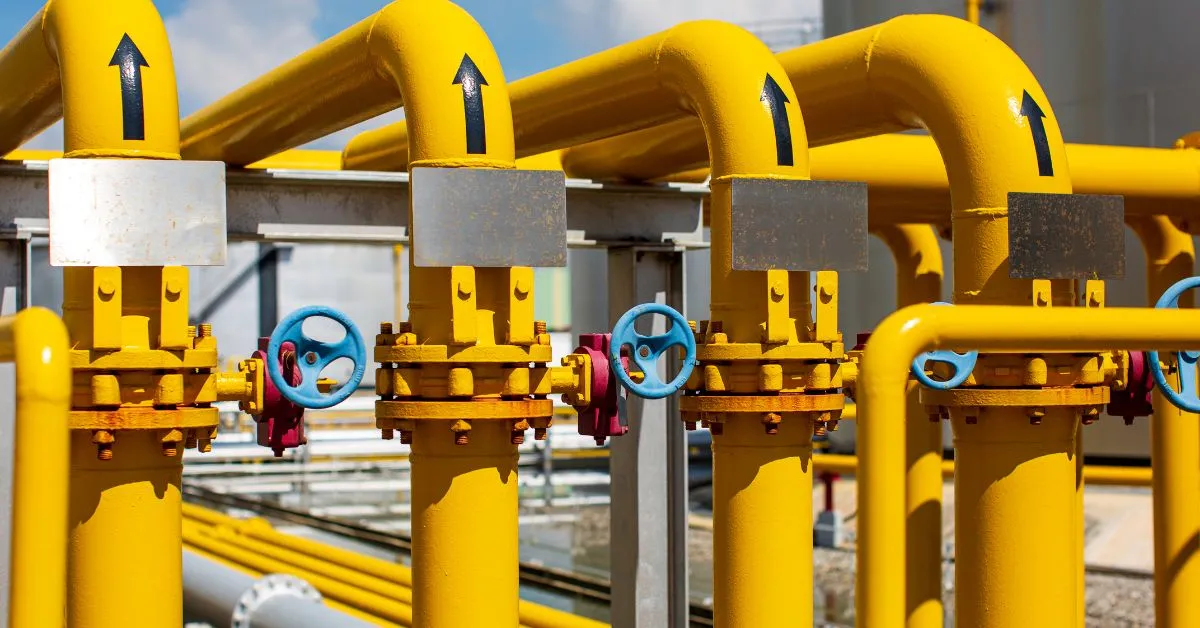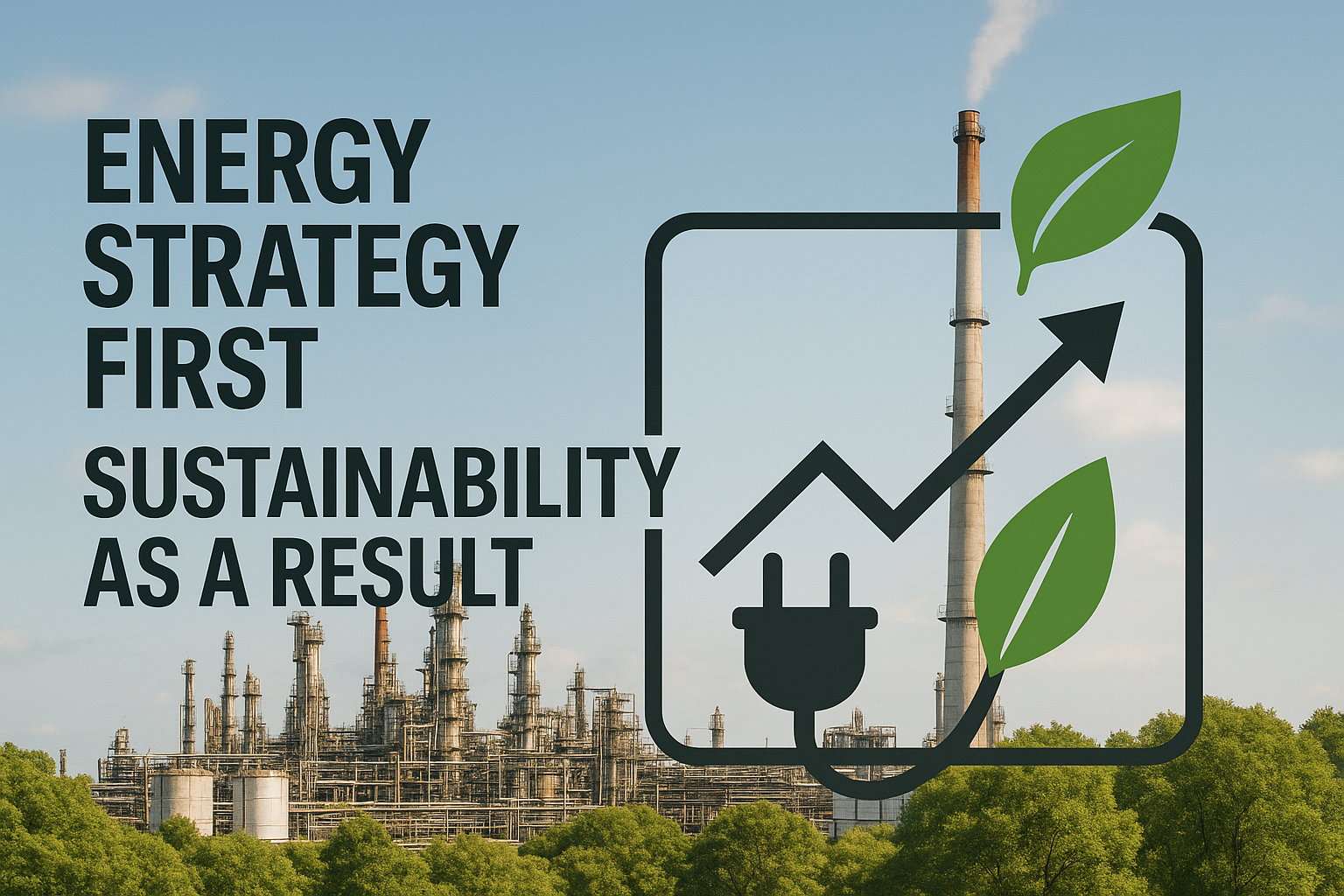Oil and gas facilities generate terabytes of sensor readings every hour, yet many still operate in a “data-rich, insights-poor” state where critical decisions rely on static spreadsheets and human intuition. This gap represents massive untapped value.
The AI market in oil and gas is expanding rapidly, reaching USD 25.24 billion by 2034, signaling mainstream adoption across the industry. Process industry leaders now deploy AI to tackle chronic constraints: margin leakage, unplanned downtime, safety incidents, volatile energy costs, and mounting emissions targets.
Modern AI applications are typically deployed much faster than traditional automation projects, reducing or eliminating the need for multiyear initiatives. Plant-specific models learn from existing historian data, surface high-value optimizations, and write setpoints back to the distributed control system (DCS) in real time. The result: raw data transforms into measurable profitability and sustainability improvements.
Why Production Optimization Matters in Oil & Gas
This data-rich yet insights-poor scenario creates an enormous opportunity for AI technologies to transform operations by harnessing these untapped data resources. Companies can expect to boost margins, reduce emissions, and cultivate an AI-savvy workforce by bridging this critical gap.
Key pain points, including energy waste and off-spec product, highlight the urgency of optimizing production. Industry statistics consistently show notable losses tied to operational inefficiencies, while flaring and energy waste persist as significant challenges that AI can help mitigate, improving overall operational efficiency and environmental impact.
As enterprise AI applications can be deployed a lot faster than traditional solutions, this accelerated timeline amplifies AI’s role as an essential component for gaining competitive advantage. Investment in AI not only promises substantial financial and operational benefits but also positions companies at the forefront of technological and sustainable advancements.
AI Solutions to Optimize Your Plant’s Production
Process industry leaders across oil and gas operations can leverage several proven AI applications to transform operational performance. Each solution targets specific pain points while delivering measurable returns on investment. The following key applications demonstrate how AI optimization creates immediate value by addressing critical areas of plant operations, from equipment reliability to quality control and workforce empowerment.
Keep Compressor & Furnace Operations Running Smoothly
Compressors and fired heaters are chronic energy and downtime sinks. A single compressor can absorb up to 90 percent of a gas facility’s power budget, while furnaces dictate a refinery’s overall fuel burn.
Closed-loop AI Optimization solutions study temperature, vibration, and flow signals in real time, then shift load, suction pressure, and fuel-air ratios to the most efficient point. This closed-loop response reduces energy use and emissions in real time, regardless of feedstock or operating conditions.
Inferential models watch furnace draft and bridgewall temperature to prevent coking and tube failure, avoiding unplanned shutdowns that can cost hundreds of thousands of dollars per hour. The result is steadier throughput, lower power bills, and equipment that stays online instead of in the maintenance bay.
Reduce Energy Use Without Cutting Throughput
Energy is often the single largest controllable line item in a plant’s operating budget, yet traditional control strategies rarely coordinate the dozens of units that compete for the same steam, power, and fuel. Machine learning models trained on full-plant data now close that gap.
By continuously adjusting process flows, feed blends, and firing rates across distillation columns, compressors, and heaters, they extract every usable BTU from existing equipment while keeping production targets intact. An IBM report notes that early adopters have trimmed 5–15% of energy demand in certain refineries without sacrificing throughput.
Accurate demand forecasting provides the second breakthrough. These techniques predict site-wide steam loads, electric-submersible-pump duty cycles, or chilled-water requirements hours ahead, then reshuffle setpoints so high-draw operations land in off-peak windows.
This delivers exactly what process industry leaders need: more sustainable operations without sacrificing profitability, proving that energy savings and steady barrels can coexist when intelligent systems orchestrate the entire facility.
Improve Product Quality with Predictive Analytics
Predictive analytics moves quality control from hindsight to foresight. Training models on years of temperature, pressure, and flow data lets operators forecast critical specs like sulfur, RVP, API gravity, octane, and BTU long before samples return from the lab. When a deviation starts to emerge, the system alerts control-room staff and suggests set-point adjustments, preventing off-spec production before it leaves the unit.
Many refineries rely on soft sensors, analytical techniques that infer product properties every few seconds. These virtual instruments fill the gap when direct measurement is slow or impractical, giving engineers real-time visibility into qualities that once surfaced only after extensive testing. Soft-sensor feedback helps isolate root causes of excursions faster, cutting troubleshooting cycles from shifts to minutes.
The financial impact is substantial. Off-spec batches trigger reprocessing, price discounts, and shipping delays that can erase millions from quarterly earnings. Beyond direct margin recovery, early fault detection lowers maintenance spend and extends equipment life. The result is steadier, more profitable production that consistently ships on-spec product to market.
Increase Production Through Smarter Equipment Coordination
Isolated control loops keep individual pumps, compressors, or heaters on target, yet they miss the chain reaction that begins when a separator pressure swing forces downstream units to throttle back. System-wide coordination powered by industrial intelligence closes that gap. By ingesting live sensor data from every critical asset, the model anticipates gas-liquid mismatches, adjusts recycle rates, and balances flare constraints before they slow production.
Unlike single-variable PID loops, multivariable reinforcement learning (RL) agents evaluate dozens of constraints at once—capacity, energy, emissions—and send the best setpoint to the distributed control system (DCS) in real-time.
Field results translate to tangible revenue: even a modest 1–3% increase in stable throughput defers millions of dollars’ worth of new wells or expansion projects while reducing energy per barrel. Coordinated automation therefore grows profits today and preserves future optionality, a combination that traditional advanced process control cannot match.
Help Operators Act Faster in Complex Environments
In a typical control room, you juggle thousands of tags, alarms, and KPIs while headcount keeps shrinking. Industrial intelligence eases that cognitive load by scanning every data stream, process variables, maintenance logs, even environmental readings, and surfacing real-time action on what matters most.
Advanced anomaly detection flags pressure spikes or flare risk seconds after they emerge, while reinforcement learning (RL) engines rank recommended moves by confidence level and can write optimized setpoints back to the distributed control system (DCS) automatically.
Operators report that these systems become teaching tools to make more informed decisions rather than black boxes, with outputs arriving as prioritized tasks, probability scores, and optional closed-loop adjustments.
This helps teams recover from upsets faster and avoid costly mistakes, creating a workforce that reacts sooner, captures hard-won tribal knowledge, and drives safer, more consistent operations without being replaced by algorithms.
Transform Your Oil and Gas Operations with AI-Driven Optimization
Compressor and furnace optimization, energy reduction, product quality assurance, system-wide coordination, and real-time operator support demonstrate industrial intelligence’s ability to grow profits while cutting carbon. Facilities deploying these five use cases report higher uptime, steadier throughput, and leaner energy intensity, turning chronic operating constraints into measurable financial upside.
Process industry leaders evaluating next-generation optimization should seek providers with refinery and midstream references, robust change-management programs, and proven safety credentials. The right solution partner doesn’t just deliver technology—they ensure successful implementation and sustainable value creation.
Ready to discover what AI optimization can deliver for your specific operations? Imubit’s complimentary Plant AIO Assessment includes a review of your unit’s constraints and goals, benchmarking against 100+ successful applications, and identification of high-impact opportunities unique to your facility.
You’ll receive a clear summary of AI process optimization potential at your site, along with insight into how Imubit’s Closed Loop AI Optimization solution turns your existing plant data into continuous, self-optimizing action.




